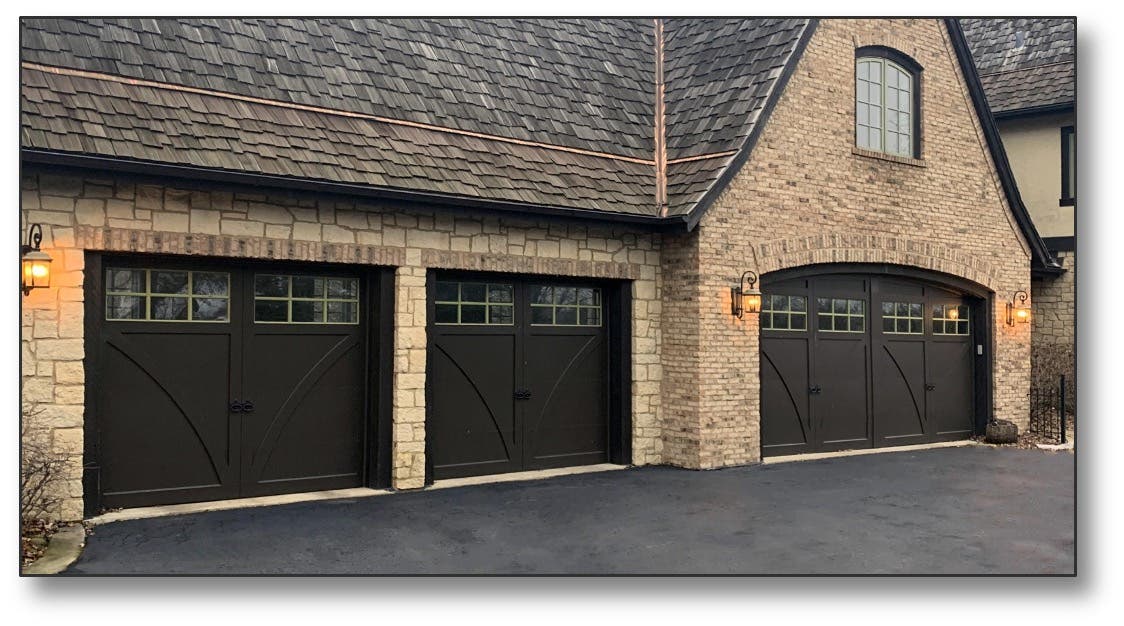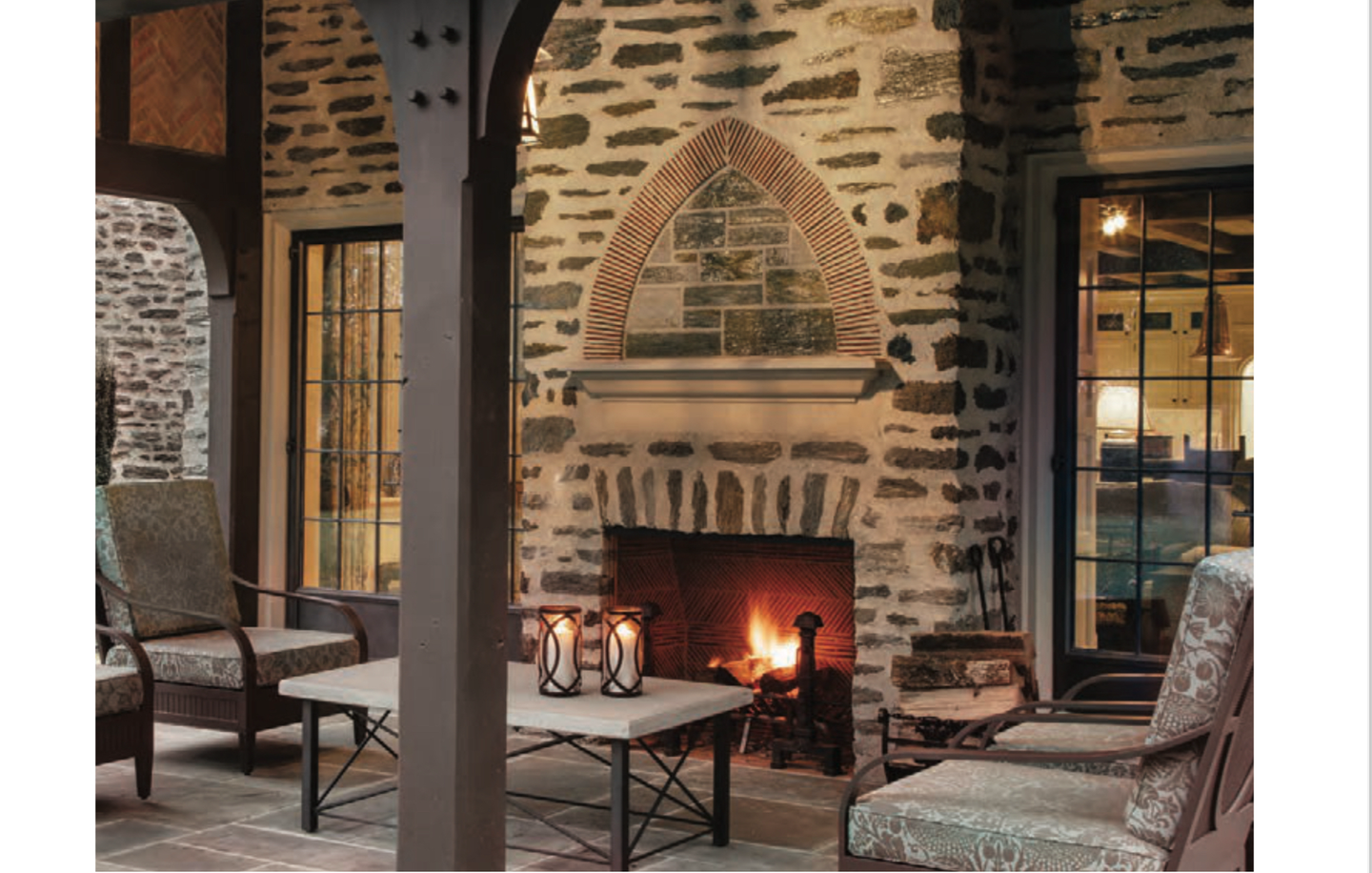Historic Rehabilitation of the Cincinnati Music Hall
In the rehabilitation of an historic building, windows play a key role as they allow for increased daylight, fresh air, greater security, improved energy efficiency and an overall rejuvenation of the space for the building’s inhabitants.
Can’t find your confirmation email? Log-in here.
Available On-Demand
1 AIA Health/Safety/Welfare Learning Units
Speaker: Steve Lien, Senior Architectural Project Manager, has been with Marvin for 36 years. He is based in the greater Ohio Valley living in the Indianapolis area. In his free time, Steve is an avid golfer, woodworker, and oil painter.
When a historic building has fallen into disrepair, been vacant or subjected to significant renovations, the issue of what to do with the windows can be a significant aspect of the overall rehabilitation project. The windows provide a view into the building’s past and play a key role in restoring its glory for the future.
This course will use the Cincinnati Music Hall, a National Historic Landmark built in 1878, to demonstrate the planning, research, design and execution that goes into a large window restoration project and the deciding factors between repair or replace.
Learning Objectives:
- Document the initial planning, research and investigation that is required on a rehabilitation project.
- Describe fenestration solutions selected for the restoration of Cincinnati Music Hall.
- Explain the economic and environmental impact of historic preservation.
- Compare window replacement challenges and considerations, especially for historic tax credit projects





